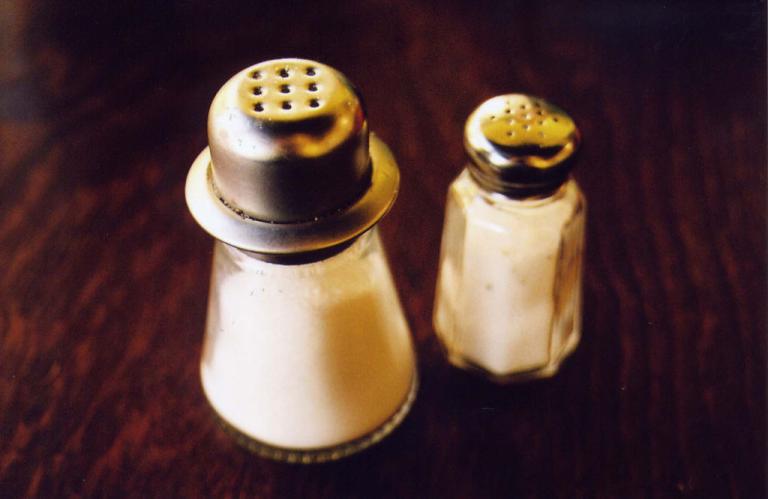
When penning his stinging rebuke of biochar and all who support it, George Monbiot not only threw out the baby with the bath water but blew up the bathroom just to ensure no one ever considered bathing again. Admittedly he got in a few good blows but the rest just blows hot air.
Biochar is simply the charcoal that remains after burning any kind of biomass in a closed oven with limited or no oxygen (pyrolysis). The gases and oils that are emitted are either captured for energy production later or co-fired in the process, maximizing the output of heat. The heat can create steam to drive a turbine, or a Stirling engine, which converts heat into motion to generate electricity.
Biochar is an effective soil amendment because of its resistance to breaking down, its significant porosity, and its affinity for water and nutrients. Holding moisture and nutrients in the root zone typically increases plant growth.
With little in the way emissions because of closed-loop burning, biochar captures 50 percent of the carbon in feedstocks, and when put in soil holds carbon there for hundreds, even thousands of years. Since it also attracts and holds gases, biochar’s been proven to reduce greenhouse gases from seeping out of the soil by 50 percent to 80 percent. Science, George, not magic.
Biochar does do most everything its proponents claim. But not everywhere and not every time. Biochar production and use is a work in progress; rather than a ‘simple solution’ as Monbiot mocks, it’s actually quite complex. Not all biochar has the same potential, not all ovens have the same functionality. Researchers across the globe are probing every cation exchange and benzene ring in biochar’s chemistry, every updraft in gasification ovens and characterizing biochar/soil interaction six ways from Sunday.
The jury’s still out on what makes the best biochar and what soils can be improved with its use.
Wood accounts for 11 percent of global energy use. Monbiot’s prophecy that biochar cheerleaders expect to replace all other energy with woody biomass is ludicrous and impossible. Biochar production just makes wood energy use more efficient and captures the maximum benefits from it in a carbon-negative, zero waste process.
Mimicking Mother Nature
Now I will hand it to George that a rush to convert land to biomass plantations for the sake of producing biochar soundly stinks. However, biochar can be created out of any biomass, preferably biomass we now think of as waste… rice hulls, nut shells, leftovers from sugar production or methane digesters, slash piles in forests, manure, urban and construction wood waste (28 million tons/year in the U.S. alone). Livestock in the U.S. poops out 35 million dry tons per year, above and beyond what is used for composting and fertilizing croplands. (By the way, you can pyrolysize municipal solid waste but because of unknown constituents, it’s best to stick to creating heat and power and not put that biochar in the soil.)
The imperative remains: ensuring biomass, whatever the source, is used sustainably.
In Western North America, 100 years of fire suppression has severely upset ecosystem balance. Far more trees and undergrowth fill the forests than is natural for most habitat types. As a result, competition for water and nutrients has stressed trees. Add climate change and you have drought, epidemic insect infestations, and millions of acres of dead trees. Nature, always aiming for dynamic balance, will course-correct by catastrophic wildfire.
No one should suggest fine, live trees be harvested to convert into biochar. Nor as a public land manager for decades can I advocate for new roads to access additional timber harvests for biomass. But in the wildland-urban interface (the edges of forests where a lot of people have built homes) there’s a desperate need to reduce the amount of biomass to lessen the risk of wildfire, property loss, and death. Let’s focus there for trial runs on biochar.
We have all the biomass we need right now that we either ignore, let rot, or burn. Problem biomass, like manure in confined animal feeding operations, is just one more area where the production and use of biochar could help contain nitrogen, reduce odors, and put waste to practical, energetic use.
Whether you cook dinner on an open fire in your hut, produce electricity from waste wood, or yearn to produce more food on existing crop land to feed the burgeoning population, there are scientists and engineers around the world trying to figure out if you can do it smarter, cheaper and greener with biochar production.
The collision of Monbiot’s derisive rhetoric with biochar logic apparently caused his explosion and subsequent off-gassing. Critics should certainly challenge new ideas but please hold the explosives and allow the rest of us to work for sustainable solutions.




